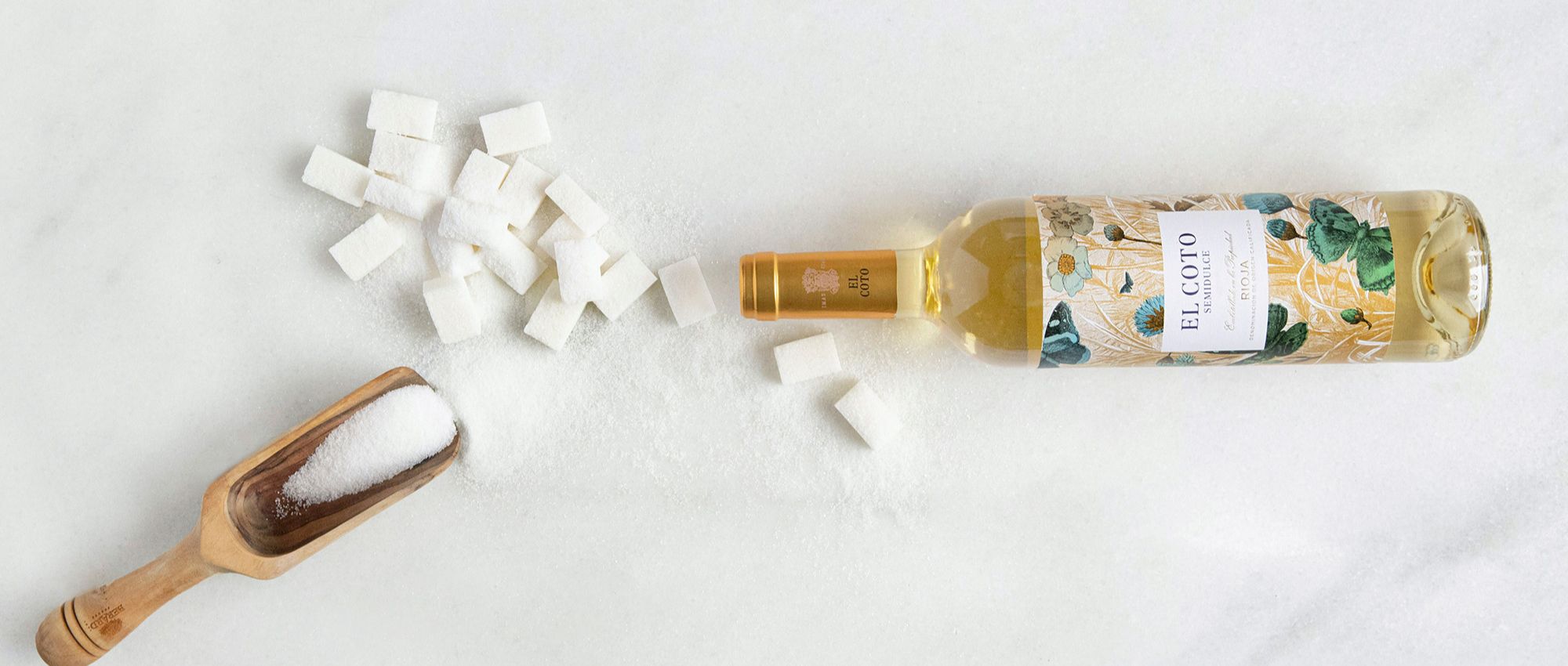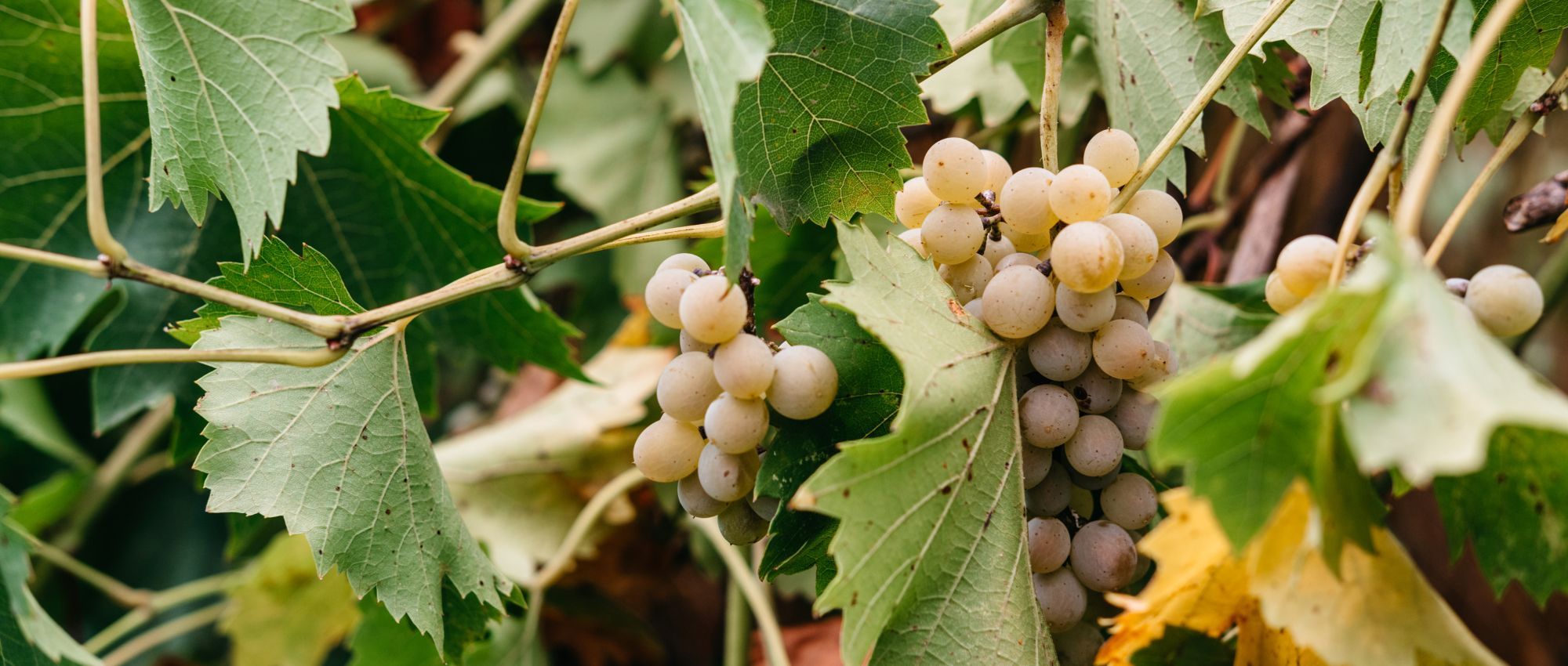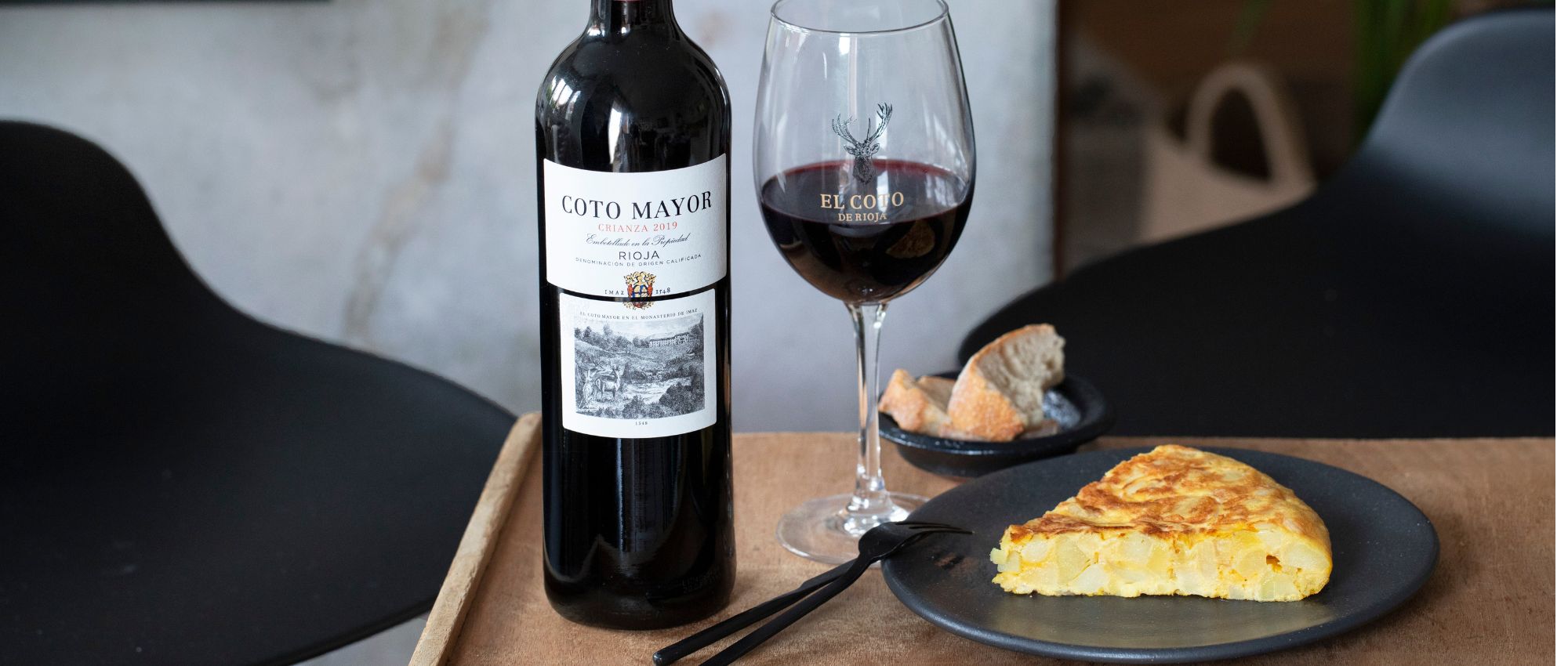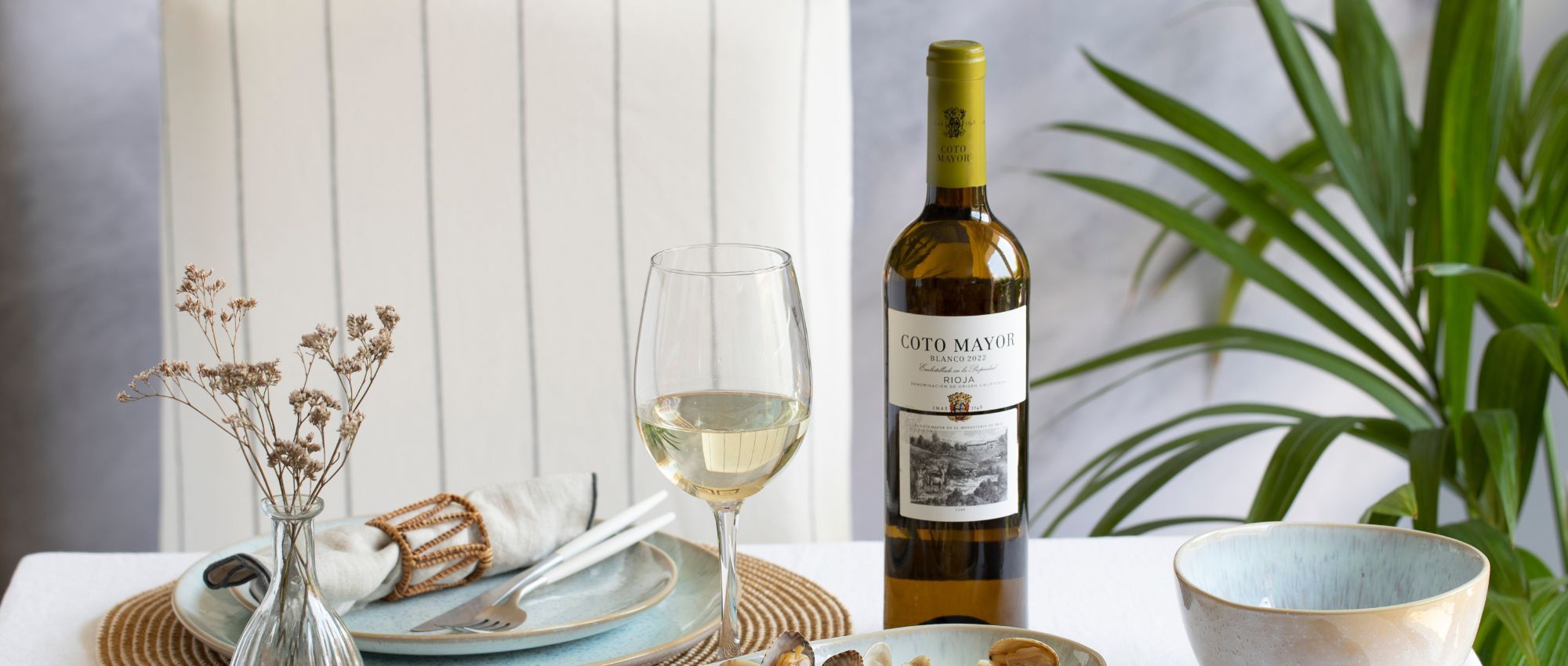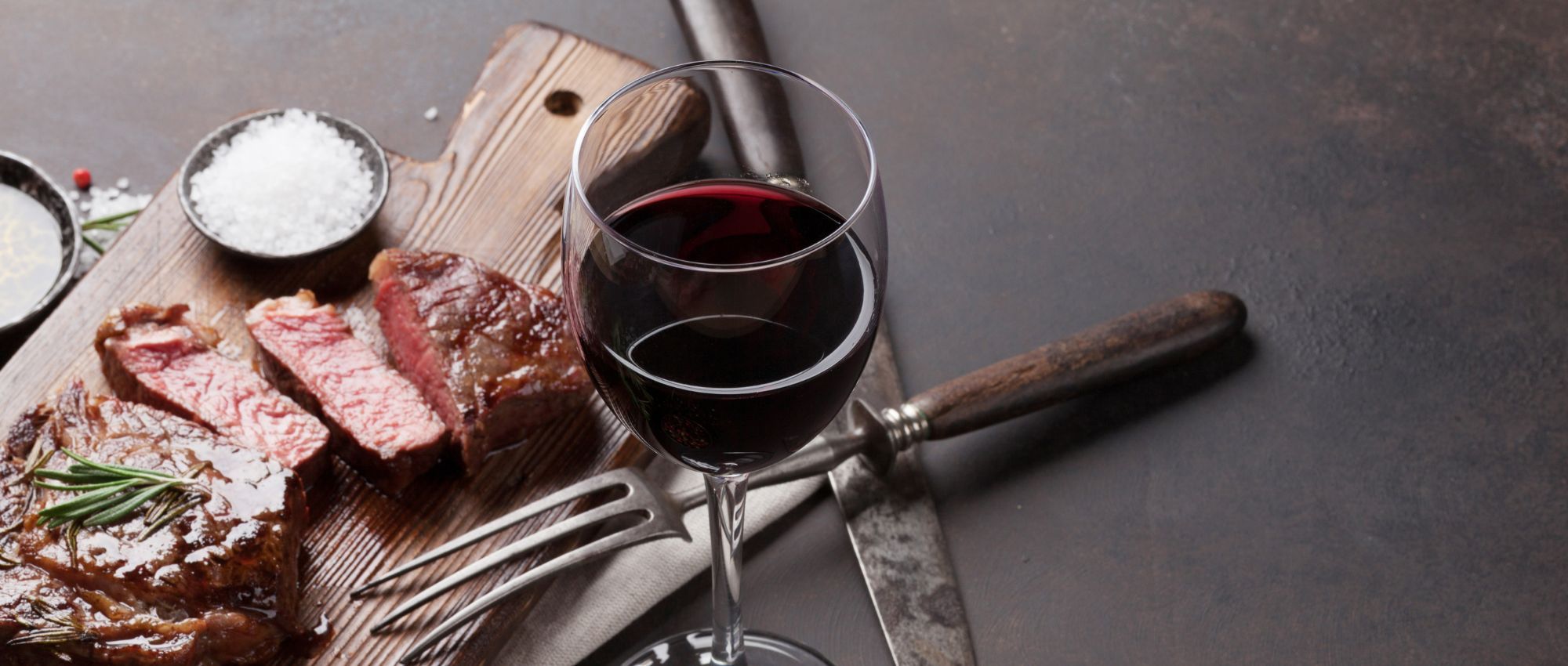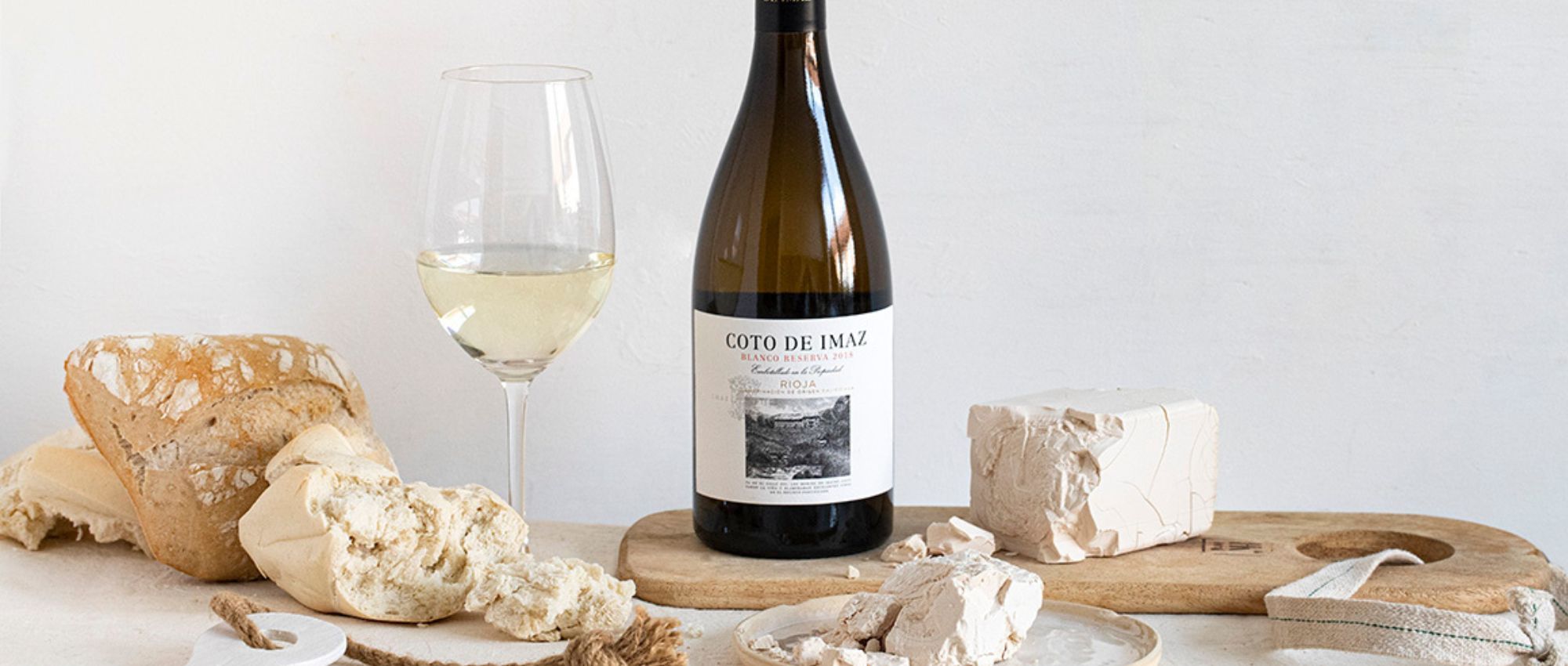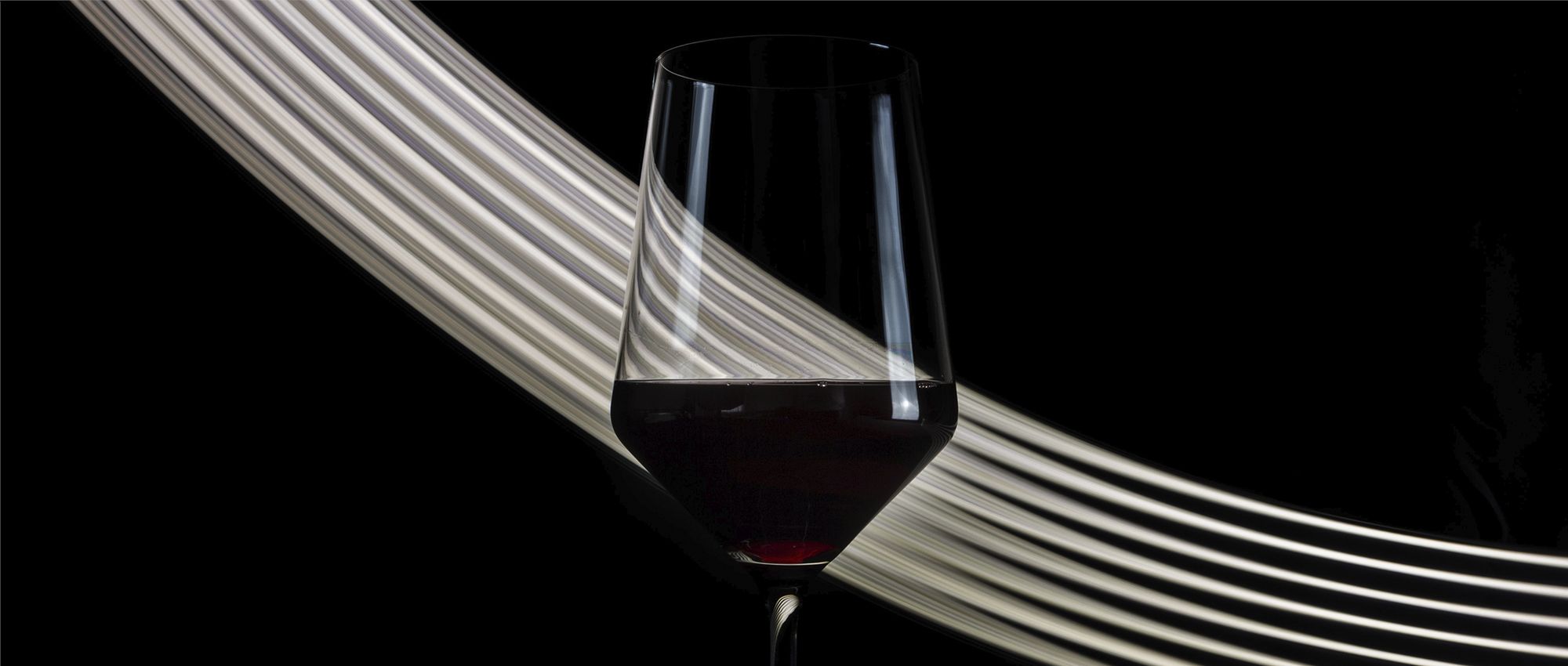
WINE DICTIONARY: 5 WORDS TO DISCOVER
We’re inaugurating our Wine Dictionary! From now on, every month we’ll bring you concepts and words from the wine world that you might not know or fully understand, plus other interesting facts.
Because there is a lot of specialised vocabulary that is unknown or complicated even for wine-lovers who drink it often. But that’s where we come in!
We’ll start off with 5 words that you’re surely more or less familiar with. We hope to clear things up and surprise you a bit, too!
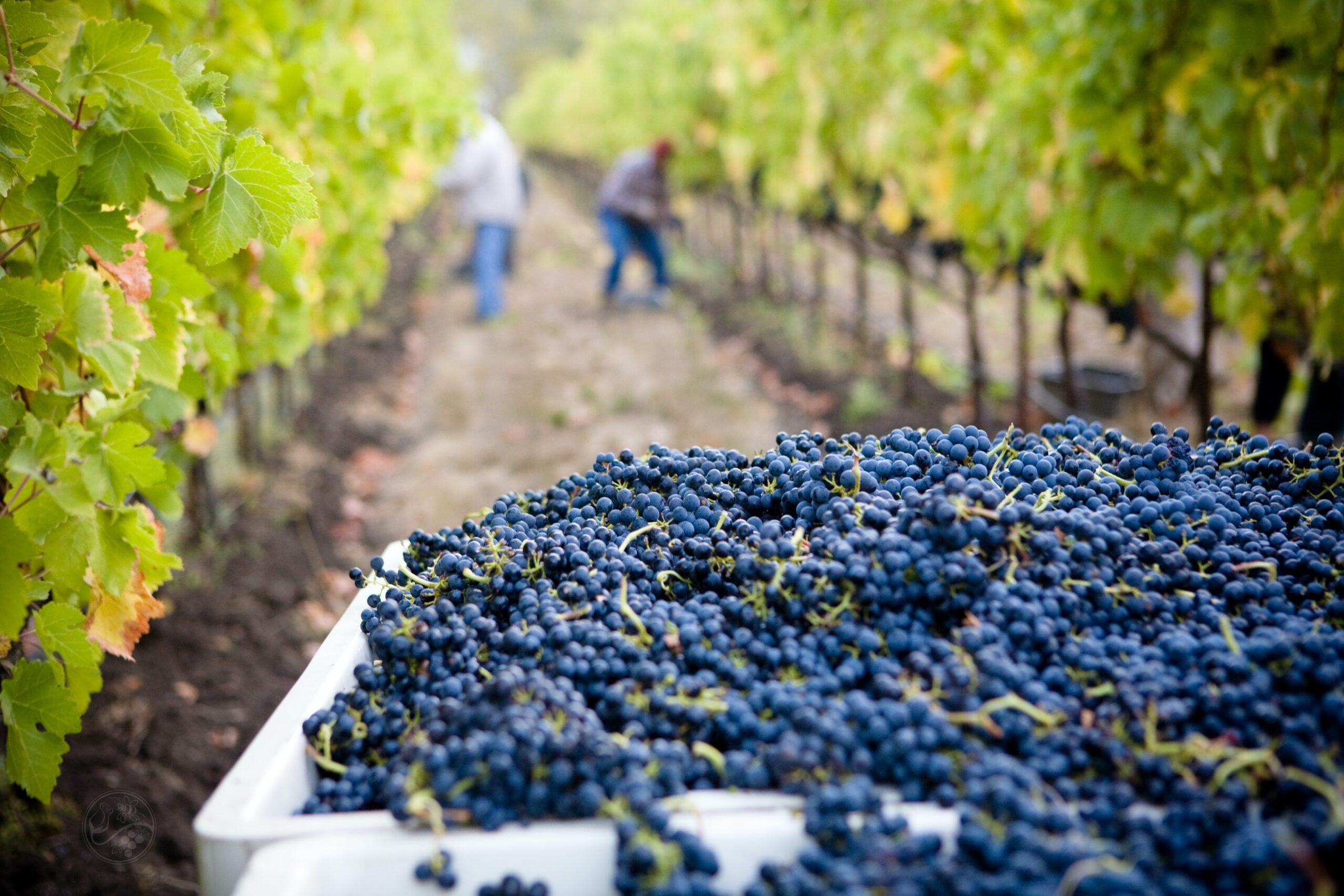
VINTAGE
Some call it the “harvest” and others “vintage”. It refers to the year the grapes were picked for a specific wine. And what does that mean? Well, depending on the weather conditions that year, the grapes will have grown and matured in a specific way.
But don’t be fooled, you need more than just a year classified as “a good vintage” to yield an exceptional wine. Of course, the conditions that year have an impact (a big one), but they aren’t everything.
How do you know the vintage of a wine? Normally, it will be on the label (although it isn’t compulsory). For example, our Coto de Imaz Reserva is a 2016 vintage. And we can assure you it is SPECTACULAR. Have you tried it yet?
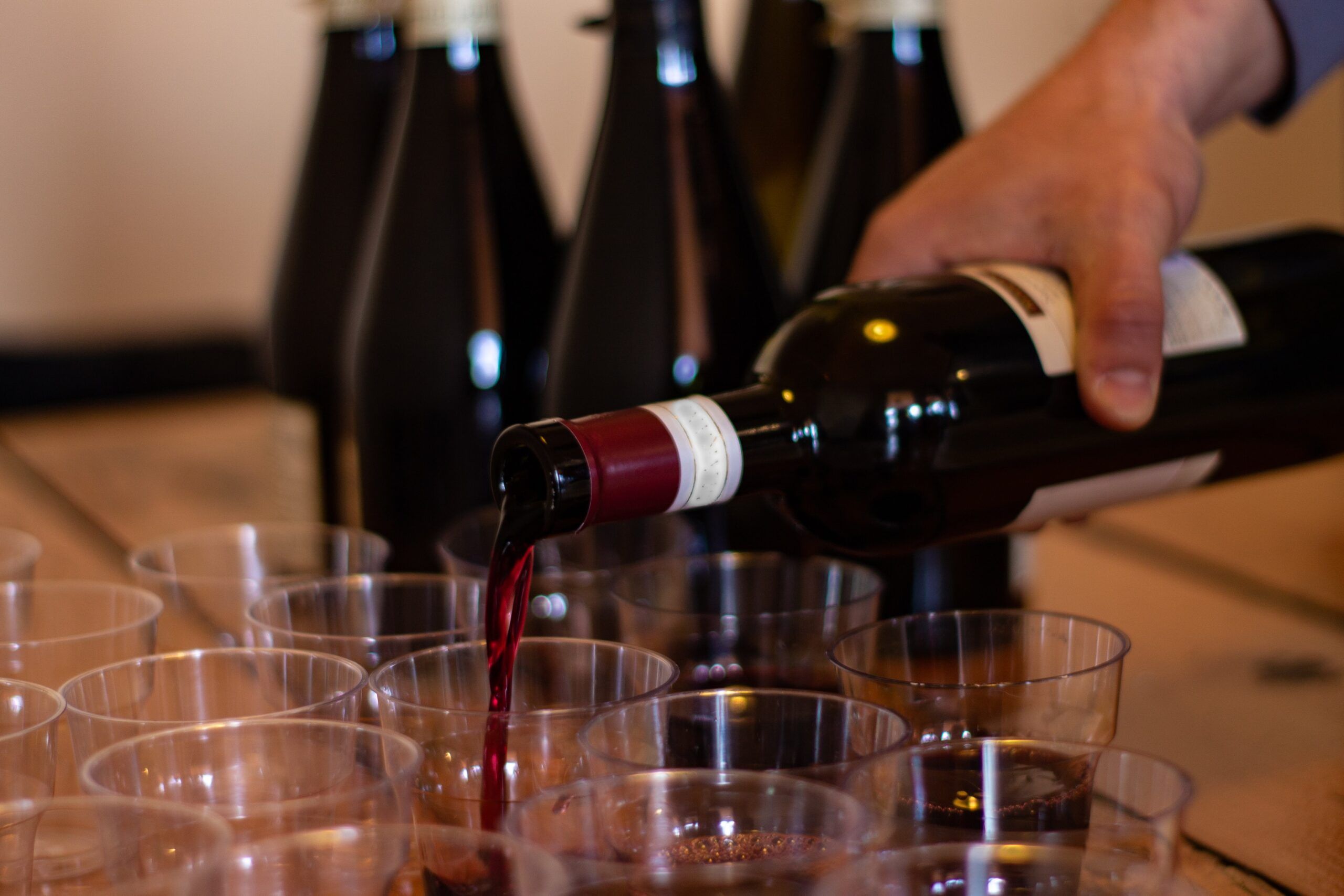
ASTRINGENT
Have you ever heard someone say a wine is “astringent”? Well, when we say a wine is astringent or has astringency, we are referring to the dry, rough feel it leaves in your mouth.
It is a difficult sensation to define that, obviously, is picked up when focusing on the mouthfeel in any tasting. It is caused by the tannins reacting with your saliva. Tannins (which we’ll look at later on in this series on the Wine Dictionary) are what give wine its characteristic crimson colour, as well as this dry, bitterness.
Afrutado
Moving on to another characteristic of some wines. Fruity or fruit-forward wines are those that evoke smells and tastes of fruit. And not just grapes, of course!
A fruit-forward wine can have a palate and nose reminiscent of currants, bananas, apricots, peaches, plums, raspberries, etc. Don’t confuse it with sweetness, though, as they are different flavours. Fruity doesn’t mean sweet.
Fruit-forward wines are normally young, although some wines that have been aged longer retain their fruitiness thanks to the special selection of grapes used. Plus, this characteristic of smell and taste can be found in red, white and rosé wines.
In our case, we recommend you try our 875 M Chardonnay, which respects the fruity and floral notes of that grape variety, plus tropical notes of pineapple and a delicate aroma of vanilla. Sounds too good not to try...
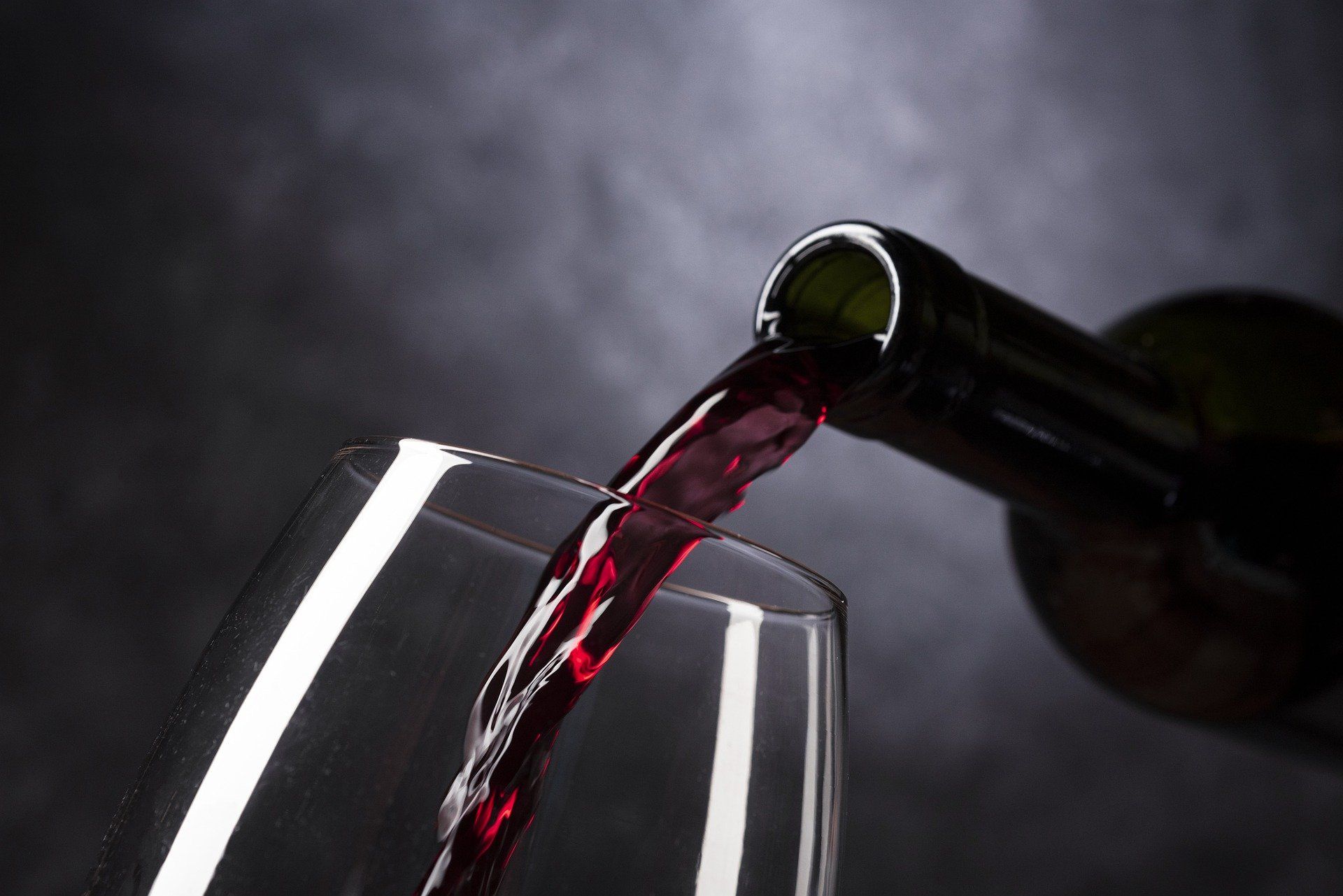
Aroma
When we refer to a wine’s aroma, we’re talking about the pleasant scent of the wine that stimulates the taste buds. Yes, pleasant. Why? Because, in the wine world, unpleasant odours (like a damp cork, for example) are not referred to as aromas. The aroma of a wine, even though we use it in the singular, is made up of 3 different types aromas:
- Primary aromas: come directly from the grape variety used to make the wine. You can smell them when you tilt the glass, increasing the surface area of wine in contact with the air.
- Secondary aromas: from the fermentation processes, such as alcoholic and malolactic fermentation. They come out as you swirl the wine in the glass.
- Tertiary aromas: also called the bouquet, they are from the ageing process, either in the barrel or the bottle.
We’ll go much deeper into the world of aromas, so keep a close eye on our blog!

BOXWOOD
This is probably one of the least well-known words in our first instalment of the Wine Dictionary. And that’s normal! It isn’t a word you hear often, but we’re going to try our best to define it.
When we talk about boxwood in a wine, normally it’s an aroma. A smell reminiscent of the boxwood plant: bitter and penetrating. It’s normally found in wines that have Sauvignon Blanc grapes, which contain a molecule (p-mentha-8-thiol-3-one to be precise) that gives off a powerful aroma of boxwood, which is also sometimes called the aroma of “broom”. Isn’t that curious?
Of our wines, El Coto Selección Viñedos Blanco has boxwood aromas typical of this variety grown in colder regions, plus tropical and citrus notes. It’s spectacular!
We hope you’ve learned something new!
Before you go, don’t miss these other blog posts we’re sure you’ll love!






